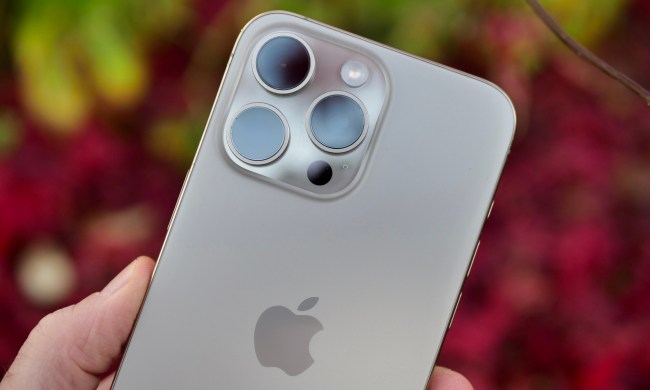
The Federal Communications Commission has voted to approve a plan (PDF) that will allow wireless devices to operate in unused “whitespaces” in the television broadcast spectrum. The whitespace plan has been backed by technology companies like Google and Microsoft as a means to enable new capabilities in wireless devices like mobile phones, media players, and cameras; however, it has been opposed by traditional broadcasters and even entertainers concerned the use of whitespace spectrum would interfere with television broadcasts and existing technologies like wireless microphones.
The decision to apoprove whitespace use “will allow the marketplace to produce new devices and new applications that we can’t even imagine today,” Republican FCC Commissioner Robert McDowell said in a statment (PDF). Technology companies have been working for years to develop technology that can take advantage of local gaps in television broadcast spectrum for wireless devices; the FCC has conducted two series of trials on the technology, and a recent engineering report found the spectrum could be used in an unlicensed manner without interfering with television broadcasts.
The FCC’s order requires that devices using the whitespace spectrum be capable of detecting television stations and wireless microphones, which can be registered in a database as a protected service. All whitespace devices will be subject to FCC testing to ensure they meet requirements. Devices can use either geolocation data and an Internet-based lookup function to determine whether spectrum is available for their use at a given location, or use passive spectrum sensing to determine if any authorized services are operating in a given whitespace band.
Opening up whitespace spectrum to consumer wireless devices is seen as a way to provide wireless broadband data services to both consumers and businesses.


